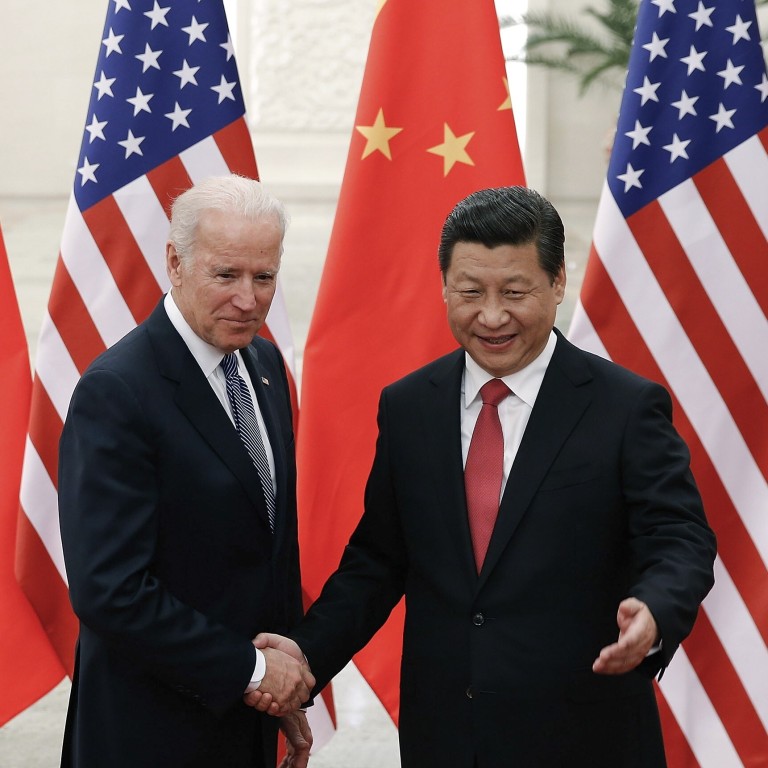
Coronavirus pandemic has made the US more dependent on China, and cut chances of decoupling
- The Biden administration looks set to continue many aspects of Trump’s China policy, but Washington’s ability to contain its economic rival has been greatly reduced
- The coronavirus pandemic has brought about many changes and made decoupling less realistic, but the US-China conflict will not de-escalate any time soon
China has been particularly lucky in the 21st century.
When George W. Bush tried to focus on Beijing as a competitor, the events of September 11 changed his course; China joined the World Trade Organization three months later and achieved 10 years of rapid growth.
When Barack Obama was planning his “pivot” to the Asia-Pacific, the subprime mortgage crisis hit, and the ratio between China’s gross domestic product and that of the United States increased from 25 per cent in 2007 to 35 per cent in 2009,
Likewise, when Donald Trump pushed for economic decoupling, the Covid-19 pandemic broke out, and China emerged as the only major economy to record positive growth last year.
Against this background, the Biden administration looks set to continue many aspects of Trump’s China policy, but the space for Washington to restrict the world’s second largest economy has been greatly reduced.
The US economy, meanwhile, was quite strong in 2017-18, personal consumption expenditures were growing steadily, and the unemployment rate fell to the lowest point since the subprime crisis.
Although the US dollar index weakened, equity markets continued to rise. It has to be said – the US chose a favourable time to take a shot at China.
In contrast, the US needs to sustain countercyclical support policies, which will push up long term debt, increase the wealth and income gaps, and decrease the creditworthiness of the US dollar.
What’s more, stimulus policies in China brought fiscal and monetary resources to local governments and state-owned enterprises first, and those groups expanded their production capability through investment.
At the same time, China did not issue large amounts of consumption coupons to citizens, while workers had to accept lower wages and increased working hours, which again increased market supply.
US stimulus policies put money directly into the hands of consumers and boosted consumption, but production has not recovered as much. That’s why average weekly wages in the American private sector rose to a new high, while unemployment peaked in April last year before it began to decline, although it is still at elevated levels.
This means the consumption-production gap has widened in the US. Now the gross goods expenditures of US households are around US$4 trillion, according to US government data, with US$500 billion of those products imported from China, accounting for one-eighth of total spending on goods. Unsurprisingly, the US will buy more from China for as long as the impact of the pandemic is not eliminated.
As a result of the pandemic, the US has become more dependent on China, not the other way around. Washington’s most likely trade strategy is to require China to increase its purchases of American goods, which would only further strengthen the degree of integration between the two economies, and become a bargaining chip for China to use in negotiations with the US on other fronts.
The coronavirus has brought about many changes and made decoupling less realistic, but the US-China conflict will not de-escalate. Both sides will make fewer provocative moves, but they will be waiting for the other to make another costly mistake.
Zhang Lin is a Beijing-based independent political economy commentator.

